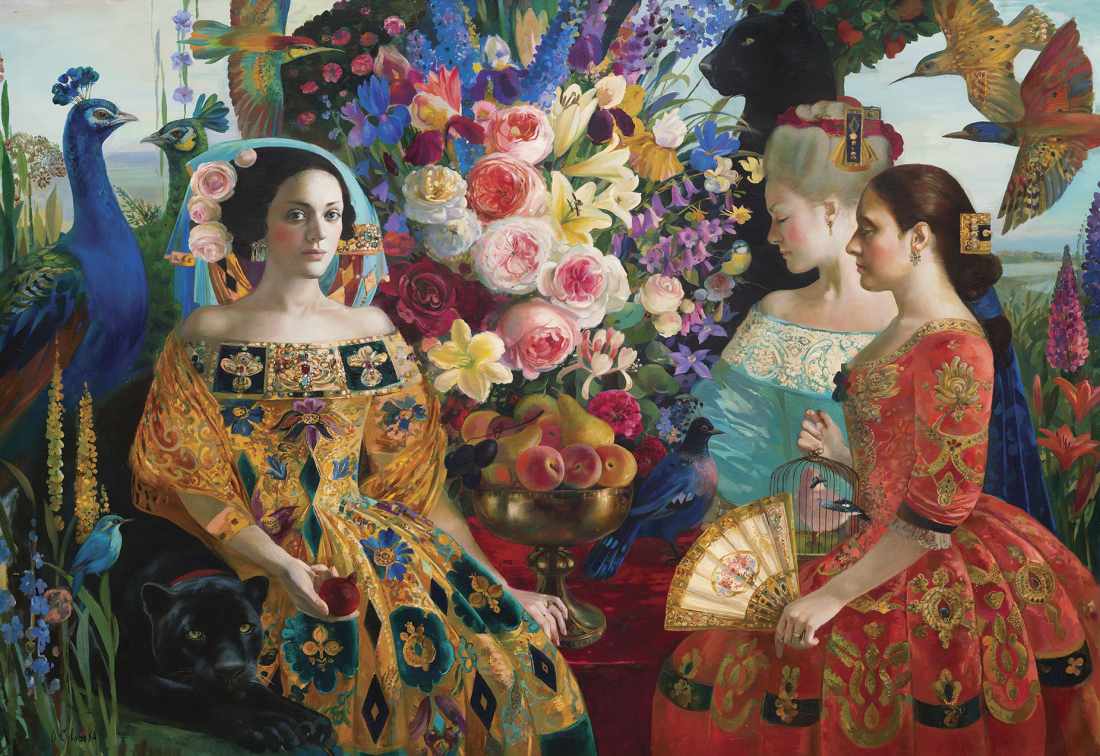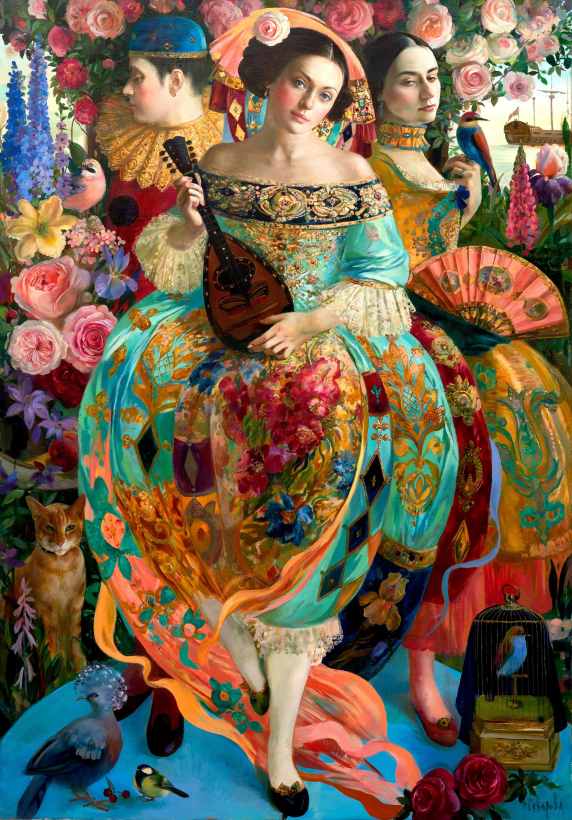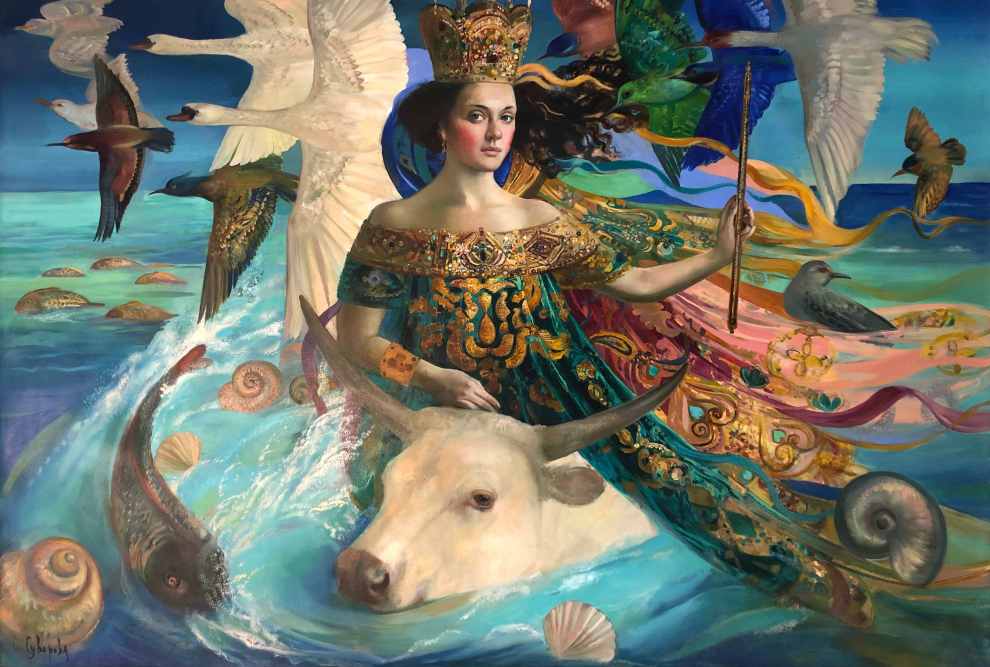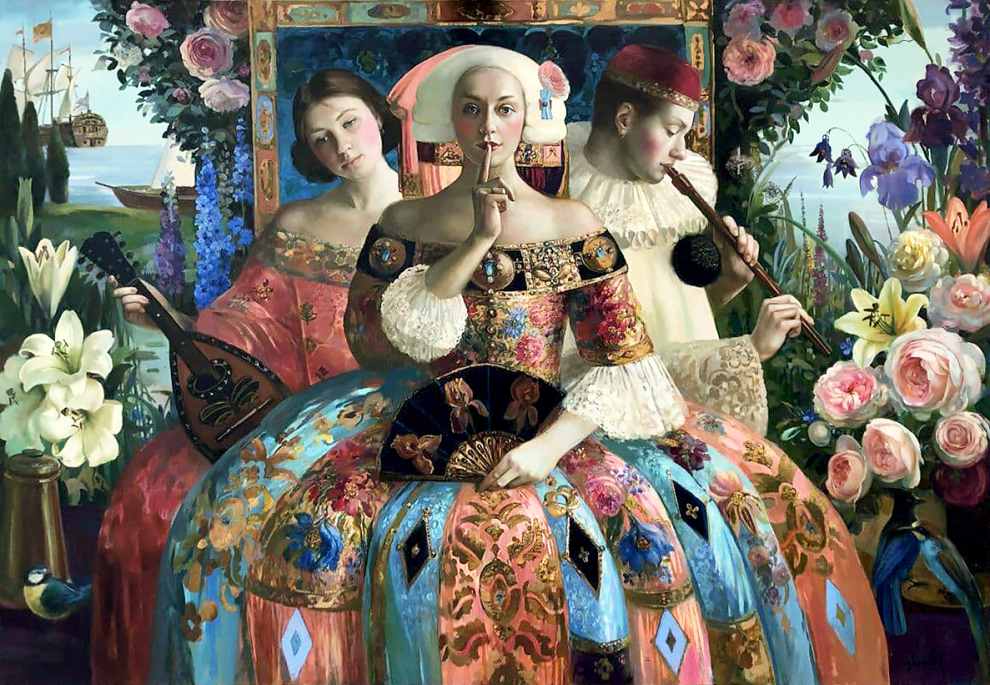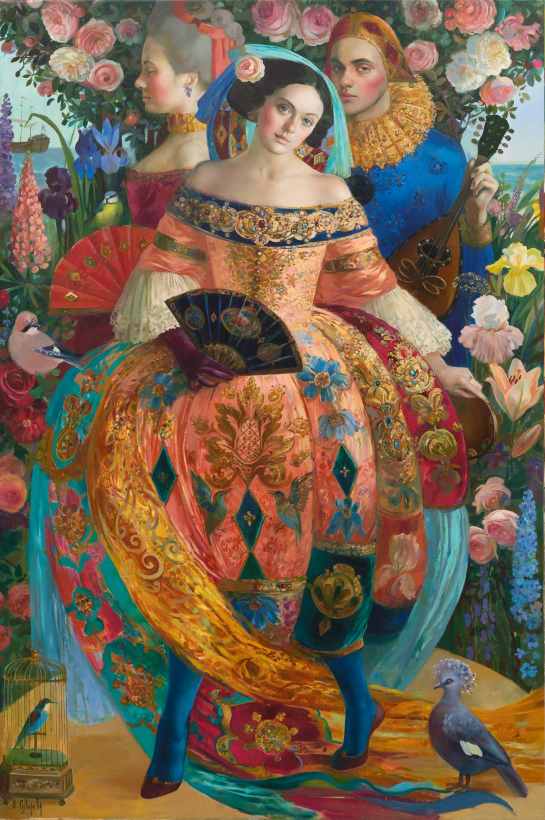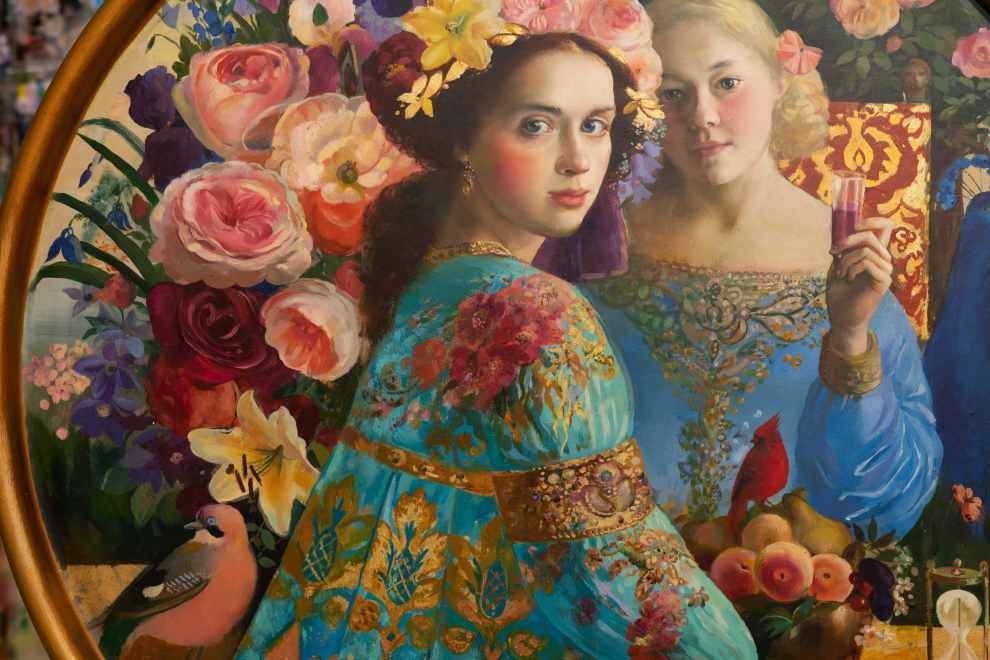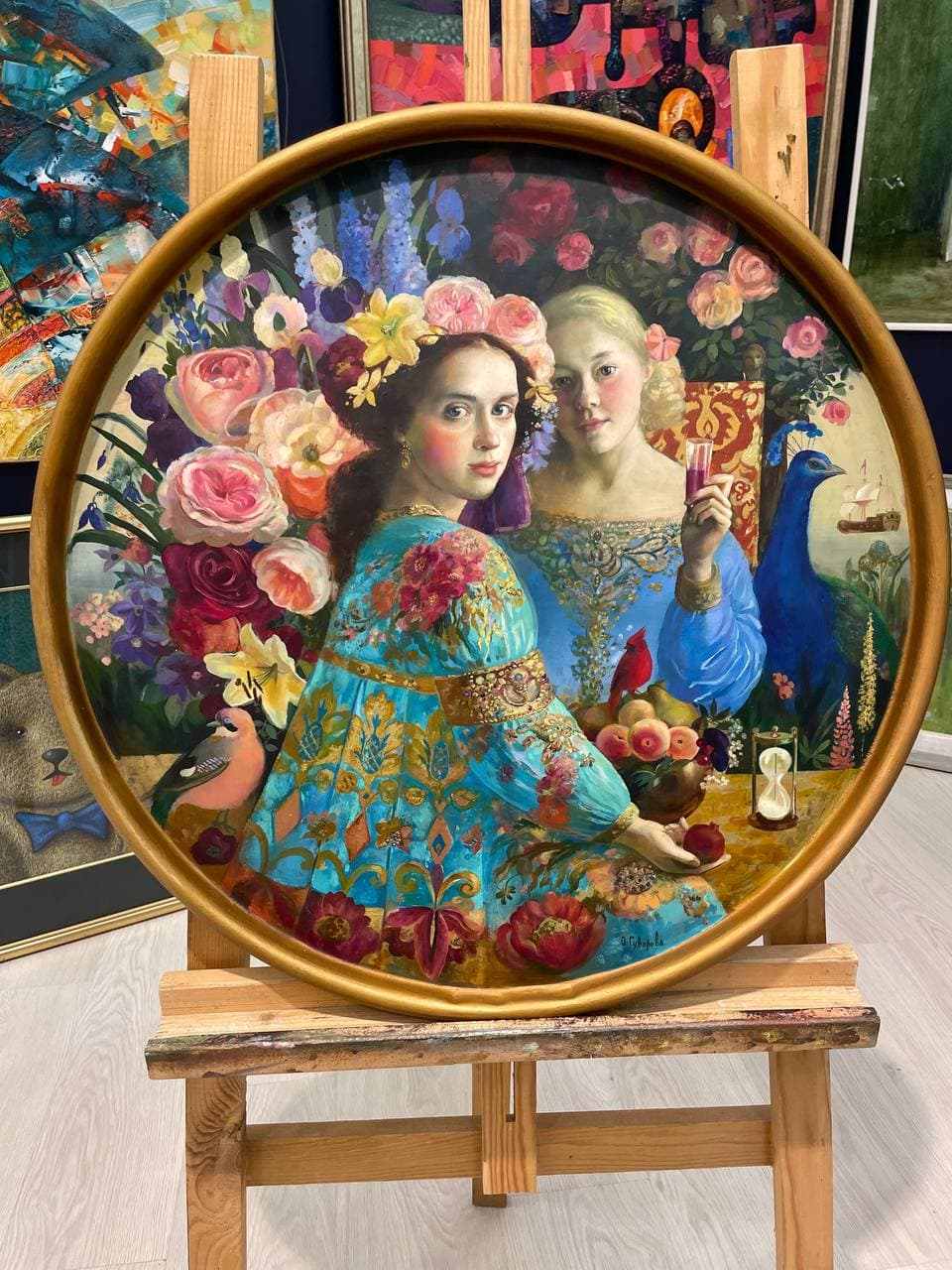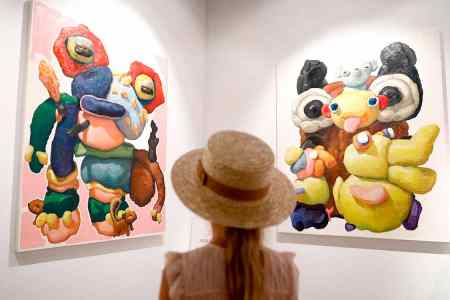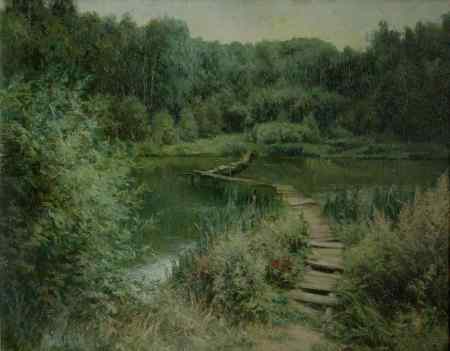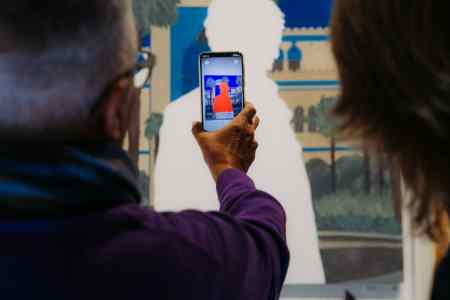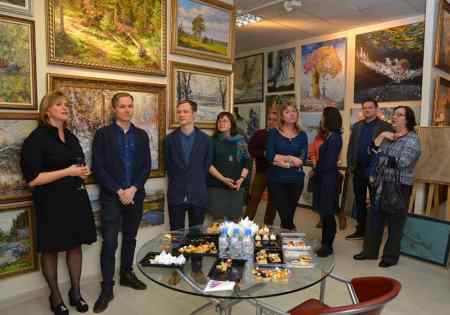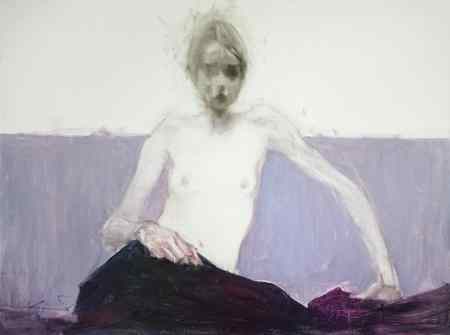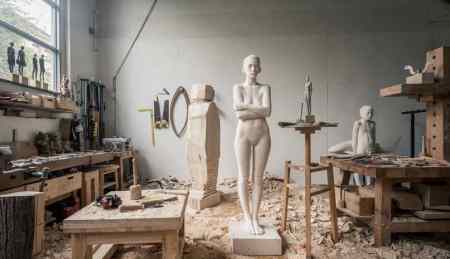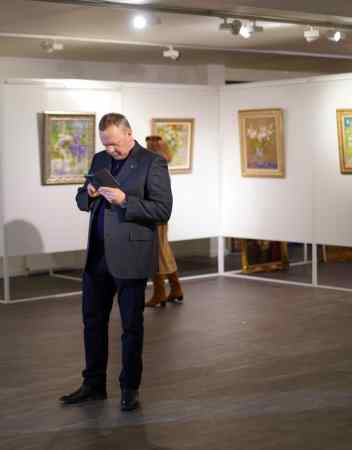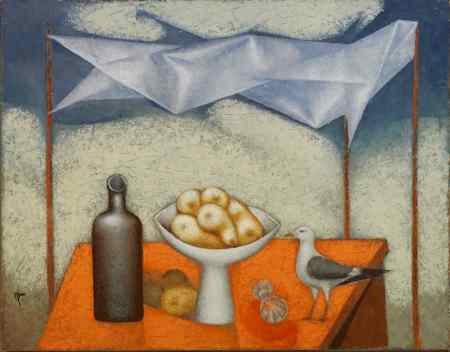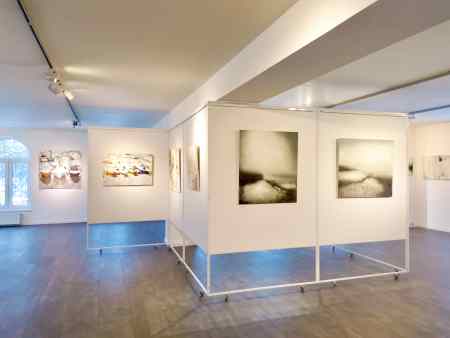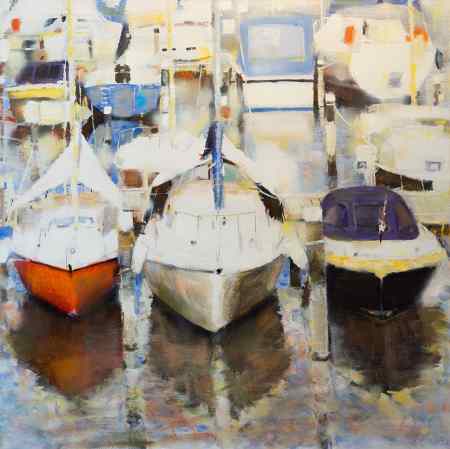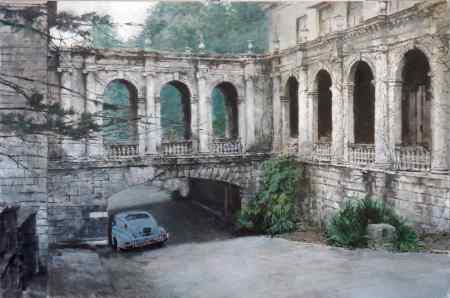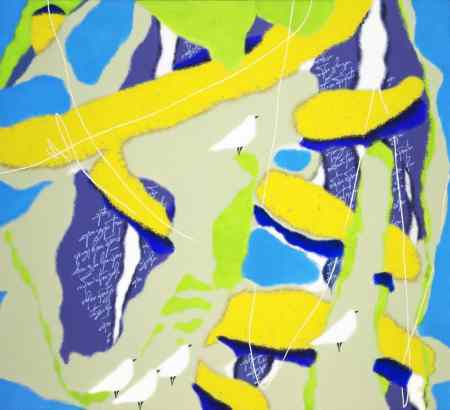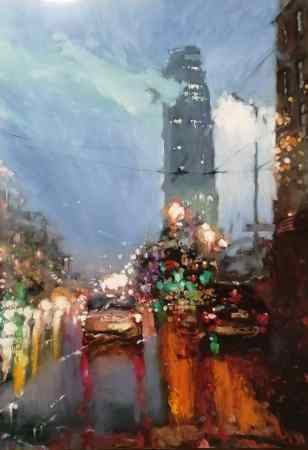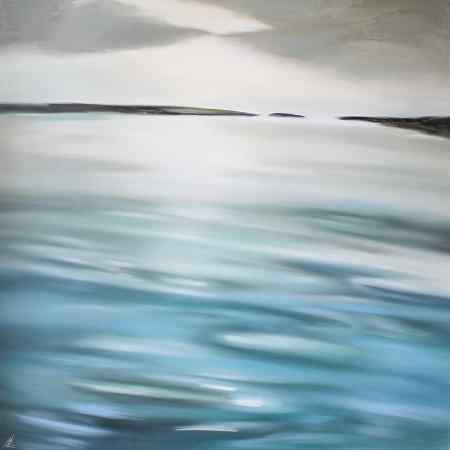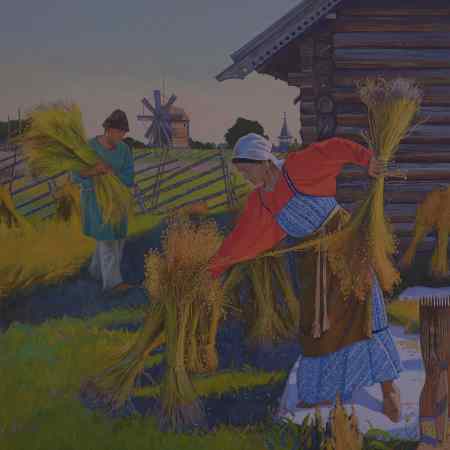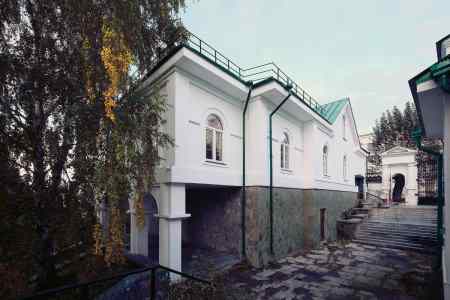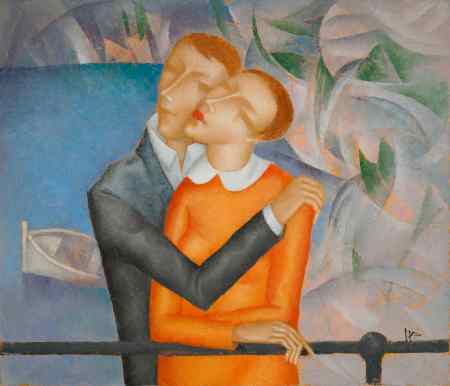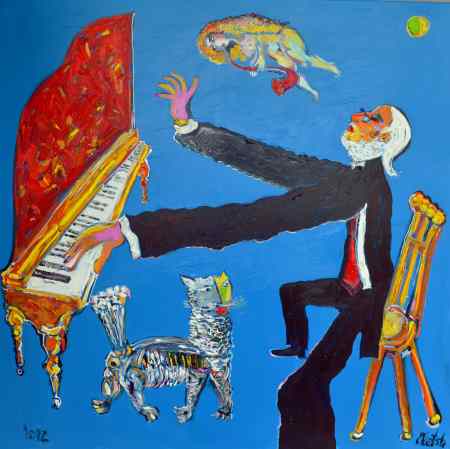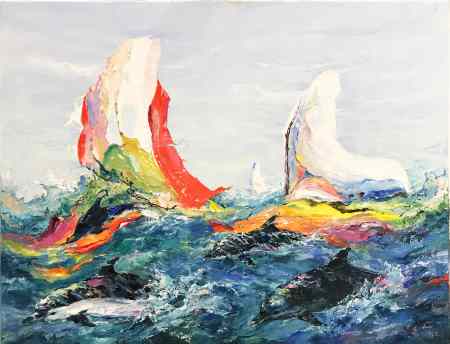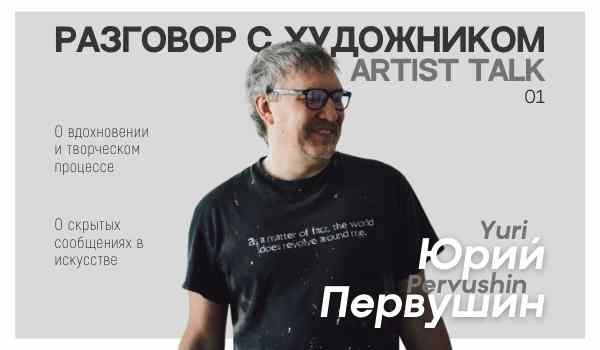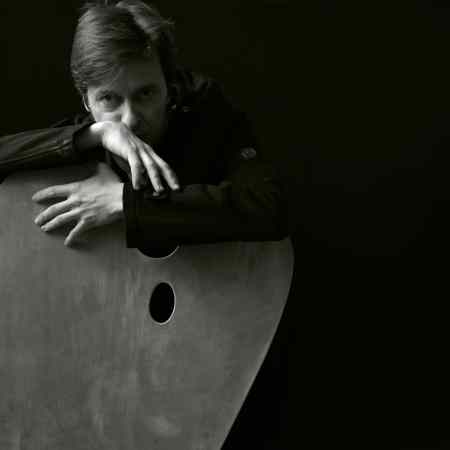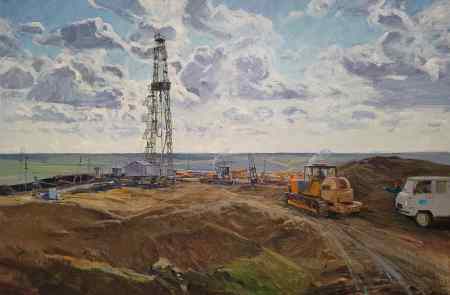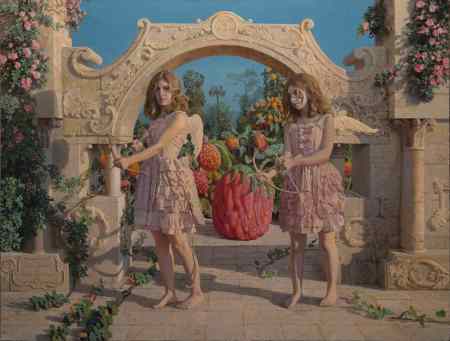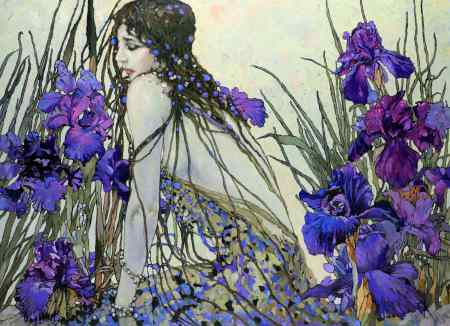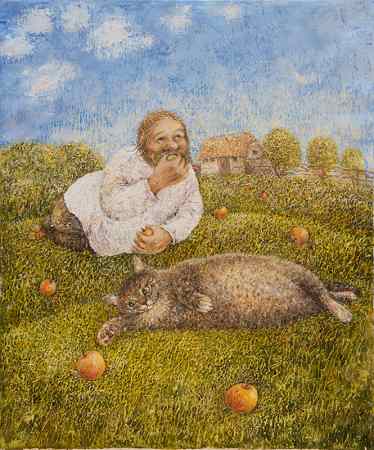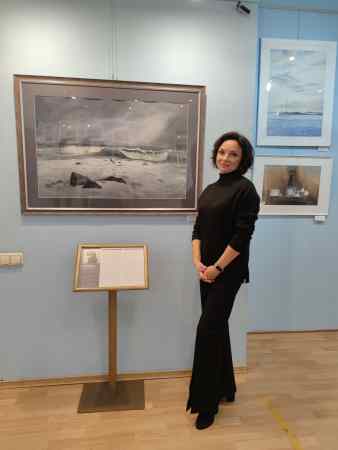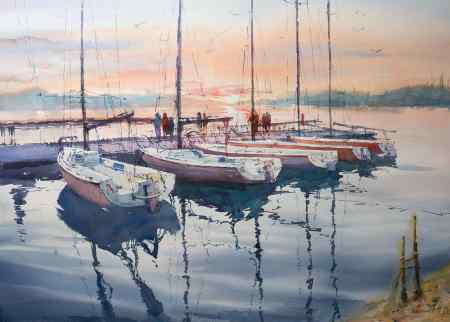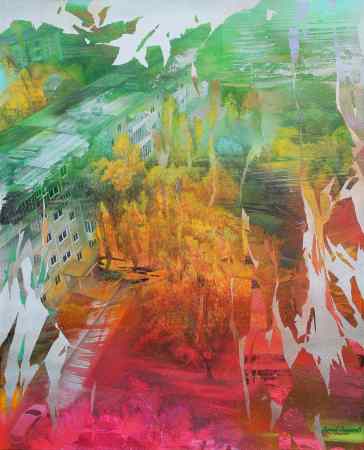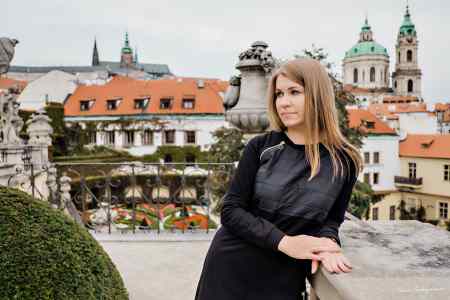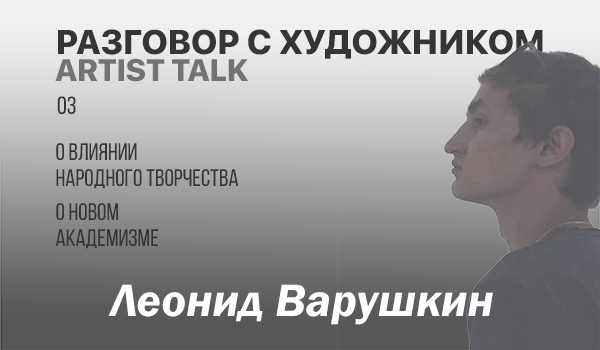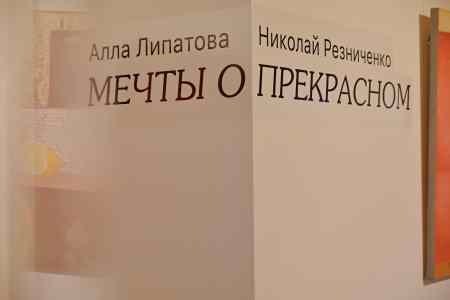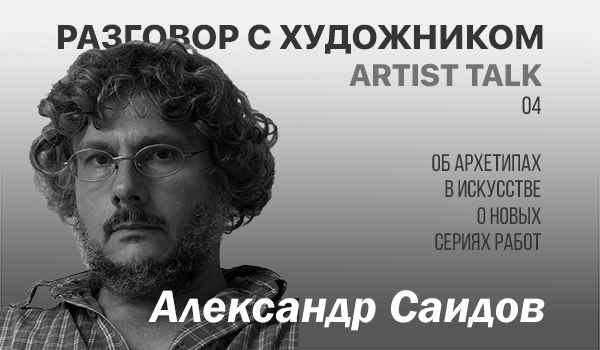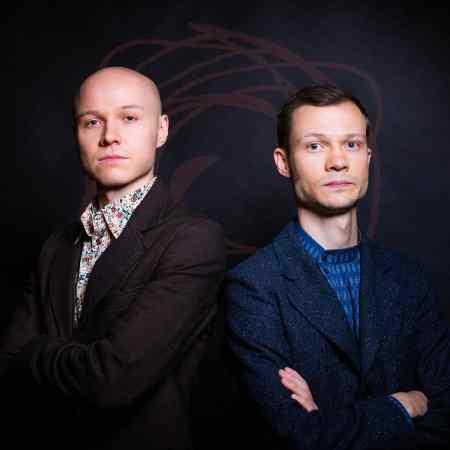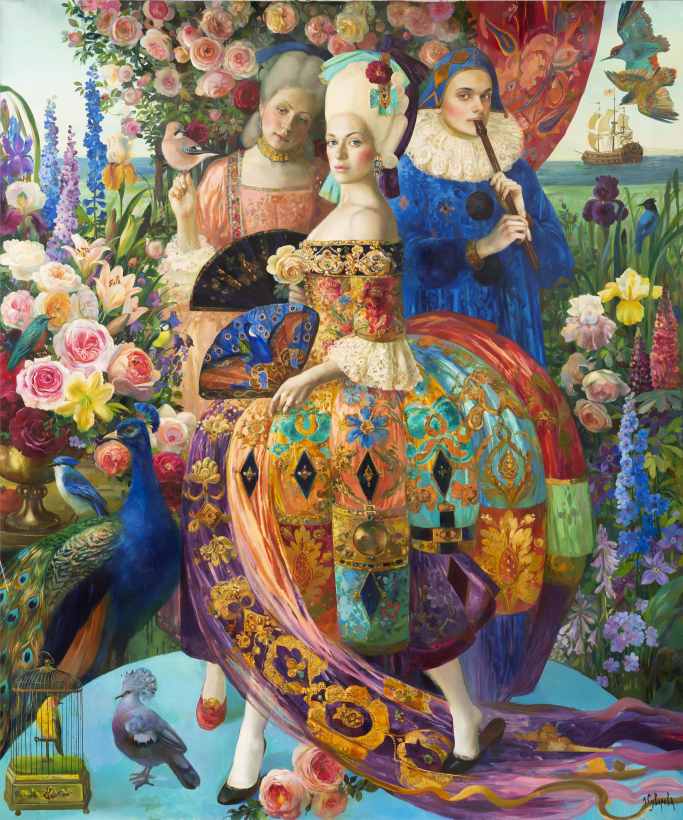
The Universe of Harmony and Beauty in the Paintings by Olga Suvorova
Combining a variety of stylistic features and references to different cultures and countries, the paintings of the artist Olga Suvorova impress art connoisseurs and collectors from all over the world.
Born in Saint-Petersburg, to a family of talented and respected artists, Olga spent much of her time as a child at her parents’ studio. Her father, Igor Suvorov, the Honored Artist of the RSFSR, was Olga’s first teacher. A source of great inspiration to Olga, is the time she spent watching her mother painting flowers and fruit, but some of her first drawings were inspired by fairy tales. These early years surrounded by artistic inspiration determined her future career choices; and Olga went on to study painting techniques and monumental composition at the Saint-Petersburg Academy of Fine Arts at the studio of the artist Andrei Mylnikov (1919–2012).
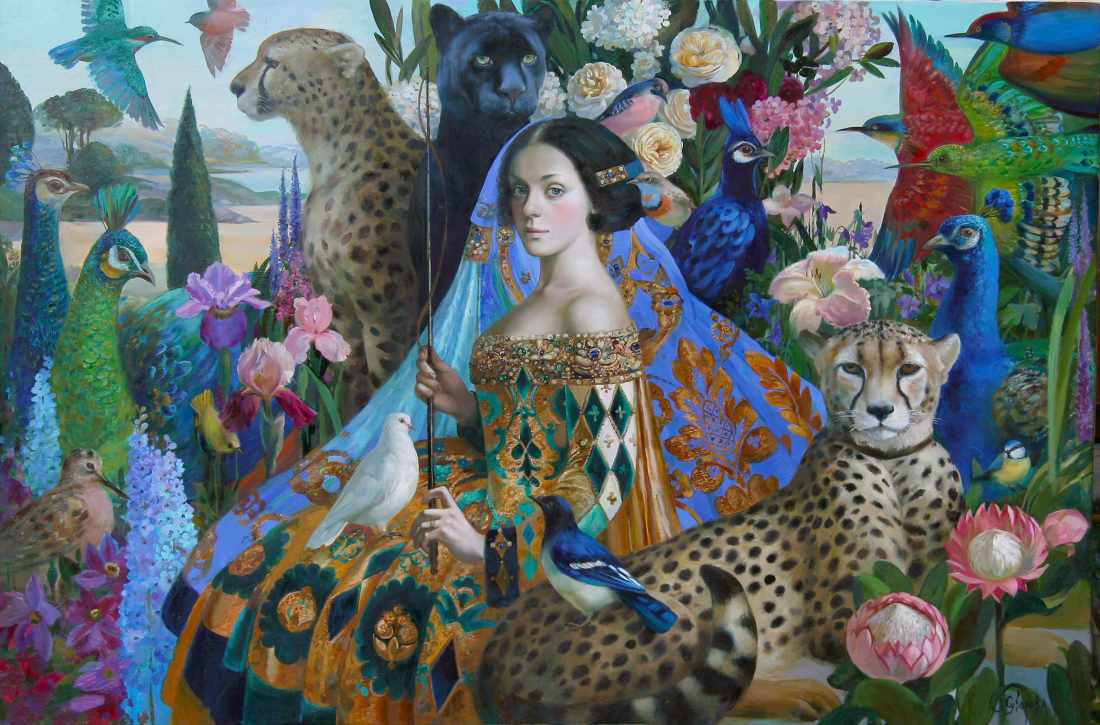
Olga’s paintings depict the universe full of harmony, beauty and colours. Her boundless imagination has created an elaborate world of images and scenes within her artwork. The knowledge of art and various cultures and historical periods has enriched her paintings, lending charm, style and character. Olga seeks inspiration in artistic tendencies of the past, which sometimes closely relate to the artist’s personal experiences. Her interest in religious subjects, as well as in Byzantine and Renaissance stylistic motifs, (notable in the artist’s numerous Annunciation scenes), relate to the history of her family. Olga’s grandfathers and great-grandfathers were theologians, archpriests and leaders of the Russian Orthodox Church. They were persecuted during the Russian Revolution in 1917. Learning about this chapter in the history of her family had a strong impact on Olga, and led to an interest in religious symbolism and traditional art. Byzantine and Renaissance stylistic features are found in the harmonious composition and vibrant colours of The Annunciation. The Virgin Mary, wearing the red Byzantine dalmatica decorated with gemstones, appears in the composition to the viewer’s left. She is approached by the glorifying angels, playing musical instruments. Olga has mastered painting the texture of their Byzantine-style brocaded costumes: the colourful silk fabrics lavishly decorated with gold and silver threads. The Annunciation is in fact, one of Olga’s favourite subjects. The artist has turned to this composition several times, but each variation has been enriched with new details.
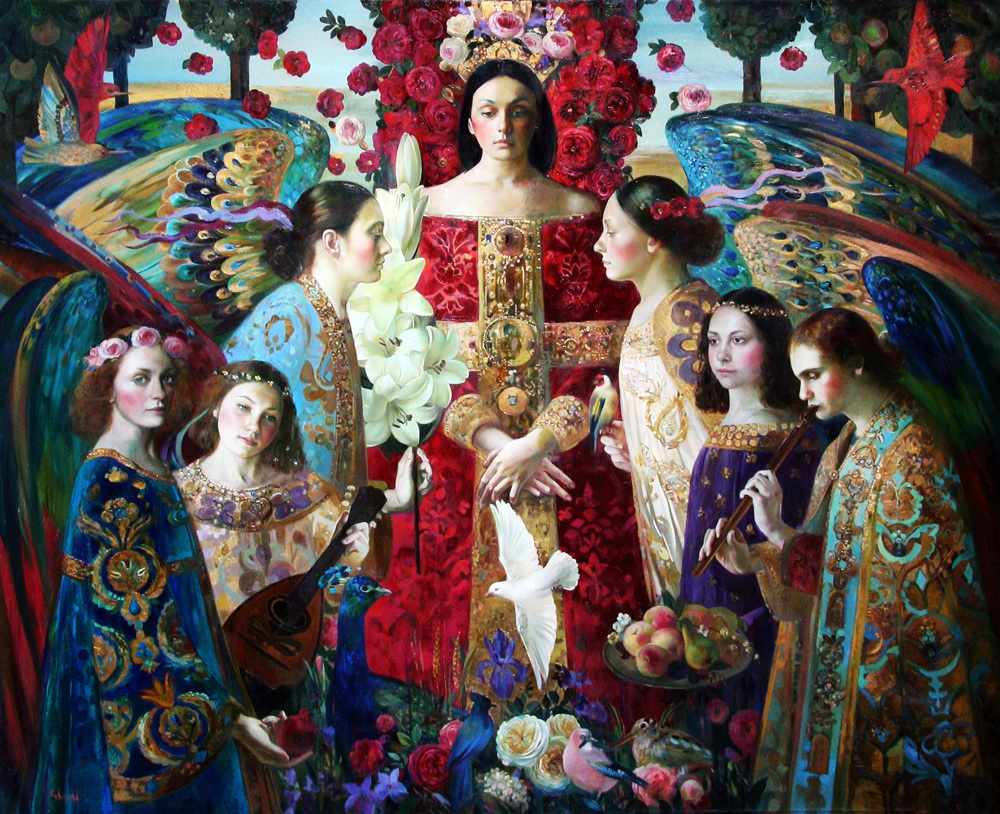
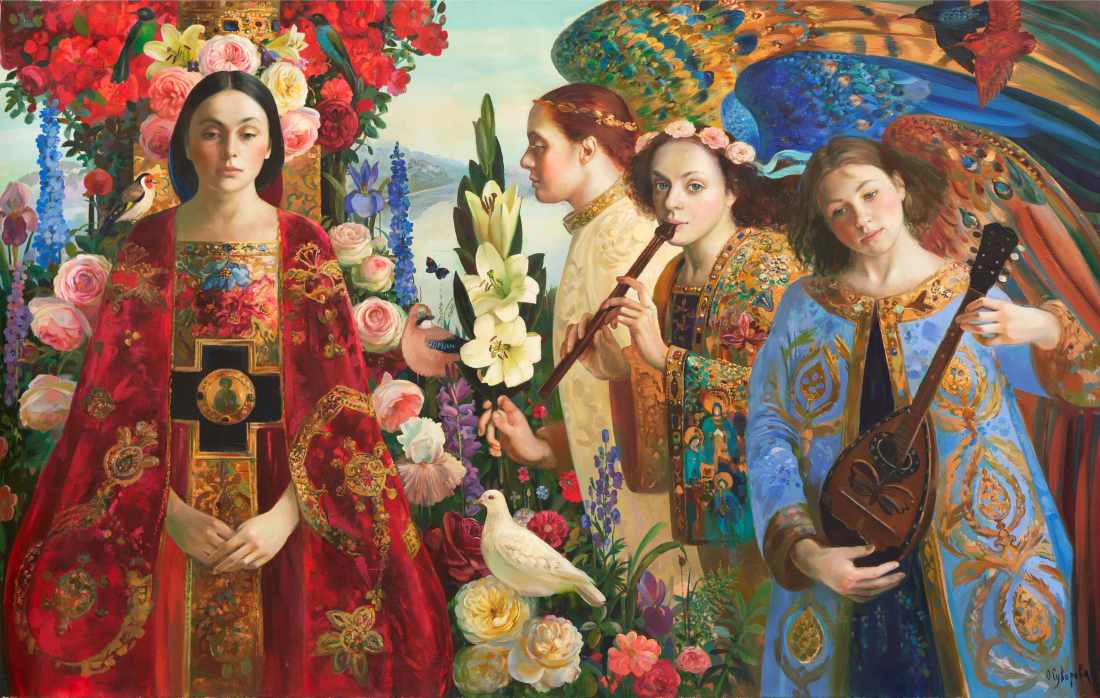
Olga Suvorova. The Annunciation
The most significant feature of these compositions is that Olga Suvorova makes her artworks highly personal. Sometimes the artist achieves this by giving her own features to the figure of the Virgin, whilst other characters often bear portrait features of her family members. By no means should this be considered a sign of vanity. The idea of sacred identification with saints was regarded by European medieval and Renaissance artists as one of the possibilities to manifest identity and express devotion. Thus, Olga Suvorova establishes connections to the earlier periods by following the artistic tradition of sacred identification with saints. In The Annunciation Olga contemplates on Eternity and aims to express both joyful and dramatic feelings. The artist enriches each detail of this painting with symbolism. The colour red symbolises the fire of faith and The Passion of Christ, as well as the royal triumph of justice and the victory of Good over Evil. The Crucifix at the Virgin’s dress symbolises the connection between Heaven and Earth. The white dove represents the Holy Spirit, and the white lily is the symbol of Purity. Notably, the figure of the Virgin is surrounded with roses. The rose is another symbol of the Virgin, commonly associated with her mystical participation in the Holy Trinity as Heaven’s Rose or Mystical Rose. In The Annunciation, the Virgin’s halo is formed with splendid roses in full bloom, recalling the motif of The Enclosed Garden, an ancient symbol of the Virgin’s Mary purity.
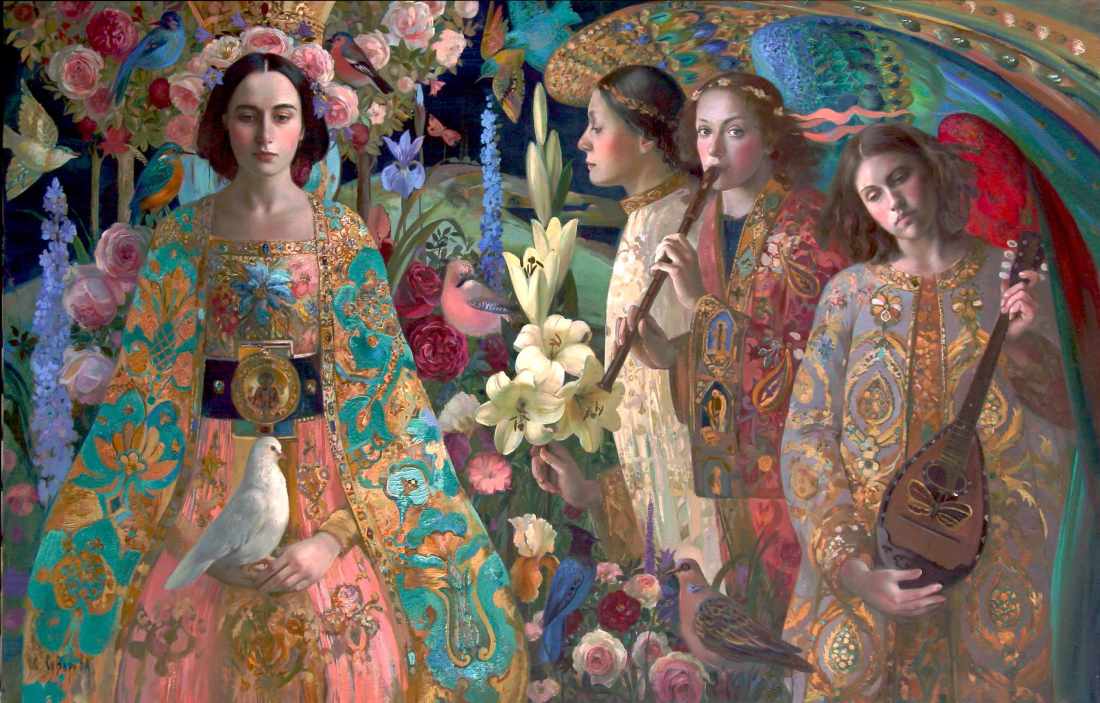
In more recent years, Olga’s artistic manner has changed from an alignment with Impressionism to a much more detailed style. In her flower still lifes, and scenes with ladies in the garden from the early period, Olga, just like the Impressionists, focuses on the depiction of sunlight and bright colours of the summer. In the latest artworks, the artist impresses viewers with sophisticated composition, beautiful flowers and birds, creating an atmosphere of a dream world. At the same time, Olga applies realistic methods of modelling, whiсh, to an extent, may recall seventeenth-century Dutch and Flemish art.
A closer look at Olga’s paintings reveals the artist’s in-depth knowledge of various historical periods and artistic styles. All these features, as well as the perfection of technical skill, make Olga Suvorova one of the most highly demanded Russian painters to date.
